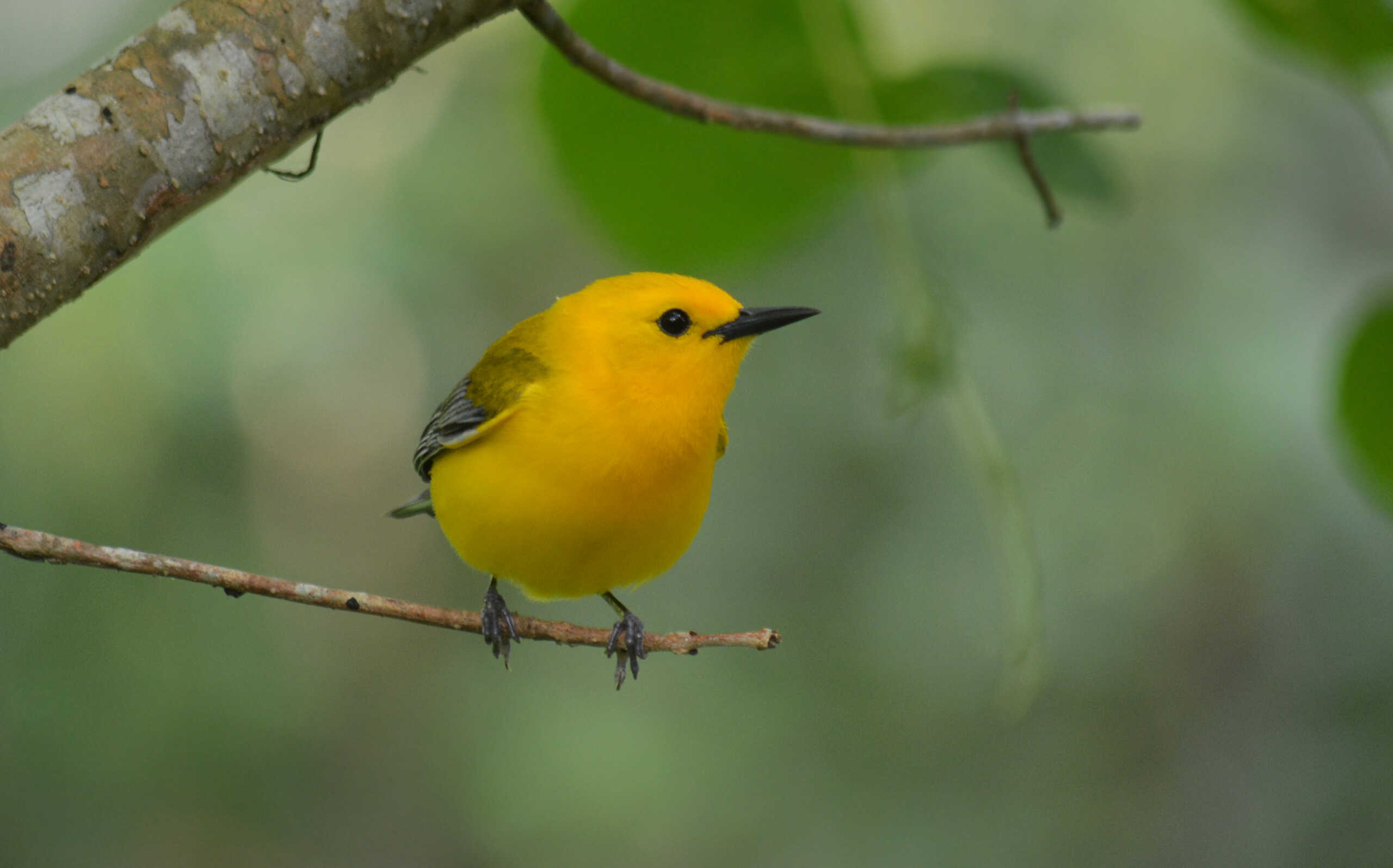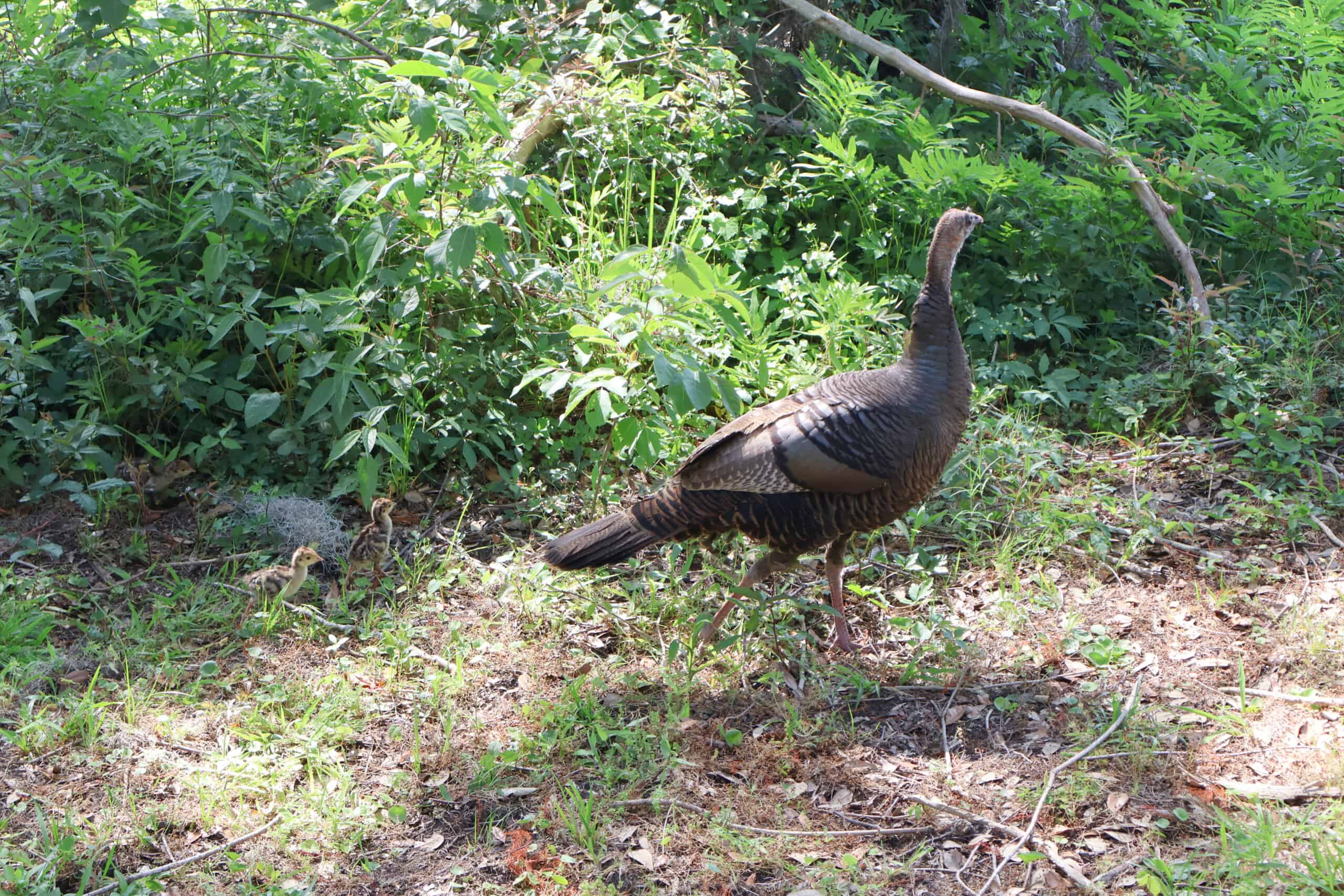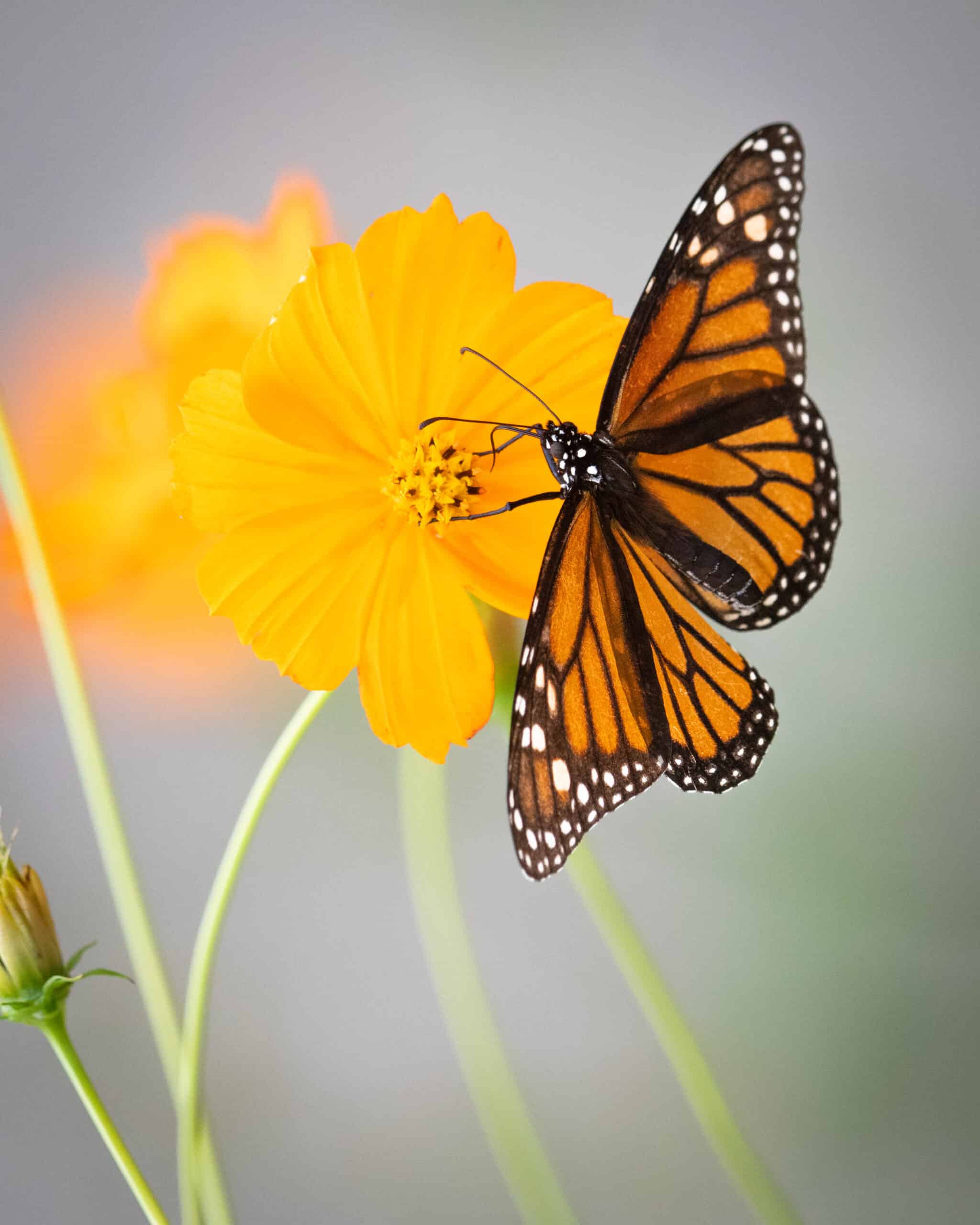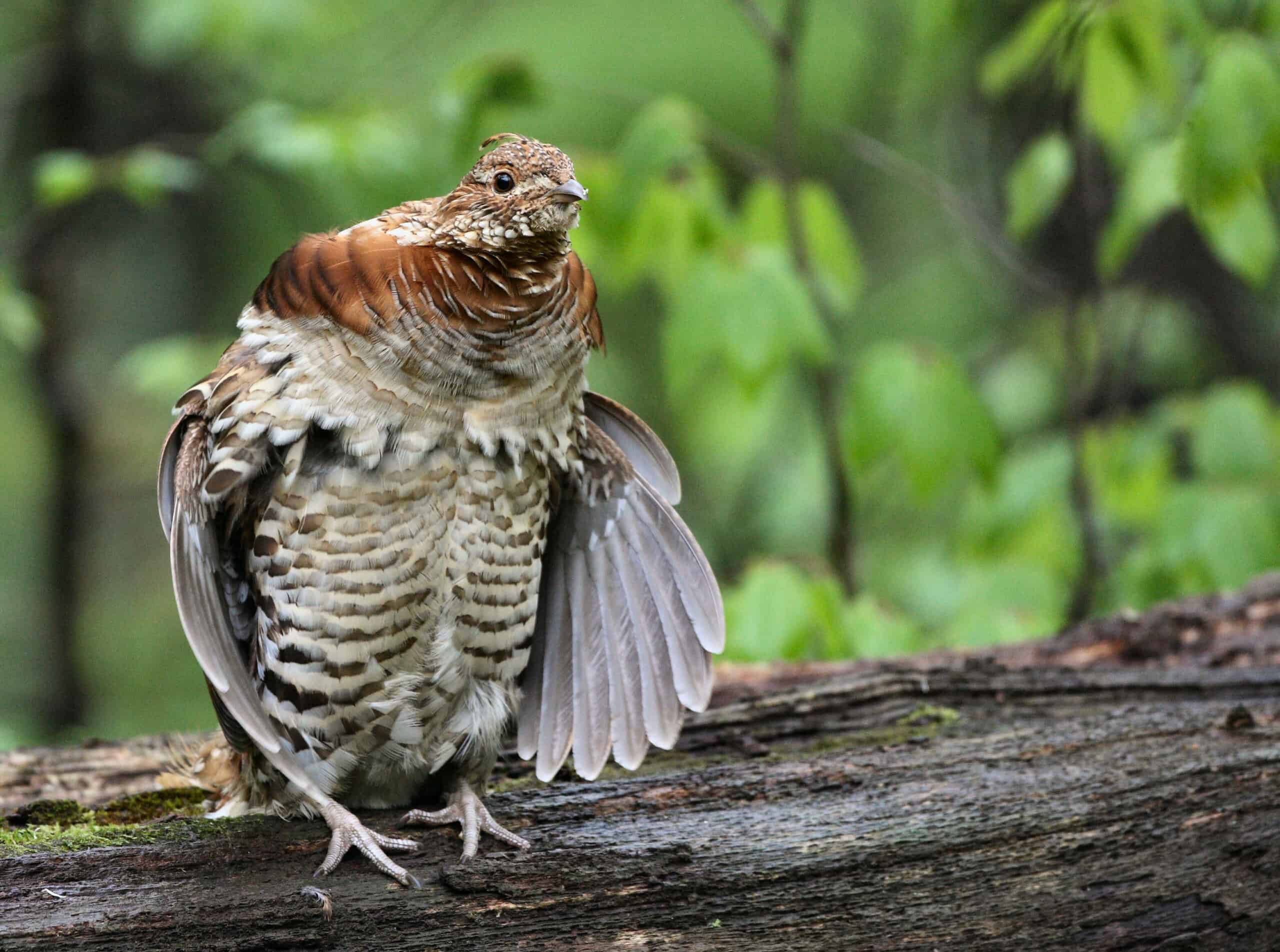Share this article
Wildlife Featured in this article
- prothonotary warbler
- red-bellied woodpecker
Small, migratory birds may be vulnerable to climate change
Those species may have trouble as weather becomes warmer and more unpredictable
When we think of climate change, we often think about warming trends. But climate change is also ushering in more unpredictability and more extreme weather events. That unpredictability may pose a particular risk to small migratory birds, researchers found.
In a recent study published in Global Ecology and Biogeography, Jeremy Cohen, an associate research scientist at Yale University’s Center for Biodiversity and Global Change, explored how birds maintain consistency in their ecological niches—the environmental conditions that species require to survive—across seasons. He explored how each species tracks both the average and the variability of weather conditions between summer and winter.
Understanding which species require specific weather conditions across the year can provide insights as to which ones might be most vulnerable as these conditions rapidly shift with climate change.
Cohen tapped into a database called Global Biodiversity Information Facility, which includes citizen science data from programs like eBird as well as published data from researchers. Using satellite data from NASA, the researchers individually compiled weather conditions in the month leading up to millions of bird observations. They then looked at the conditions at each location in the summer and winter—both the difference in average conditions and the variability of conditions.
“This study demonstrates the importance of big data,” Cohen said. “We covered over 600 different species throughout North and South America. There’s no possible way to do that in a field study.”
They found species that migrate a long way closely track weather conditions by adjusting their migration patterns to try to stay in their ecological niches. If shifting patterns create conditions they’re not designed to handle, they could be put at greater risk from climate change. Body size also played a role. Small birds, which aren’t as good as larger birds at maintaining body temperature, need to track the weather because only a small window of conditions is suitable for them.
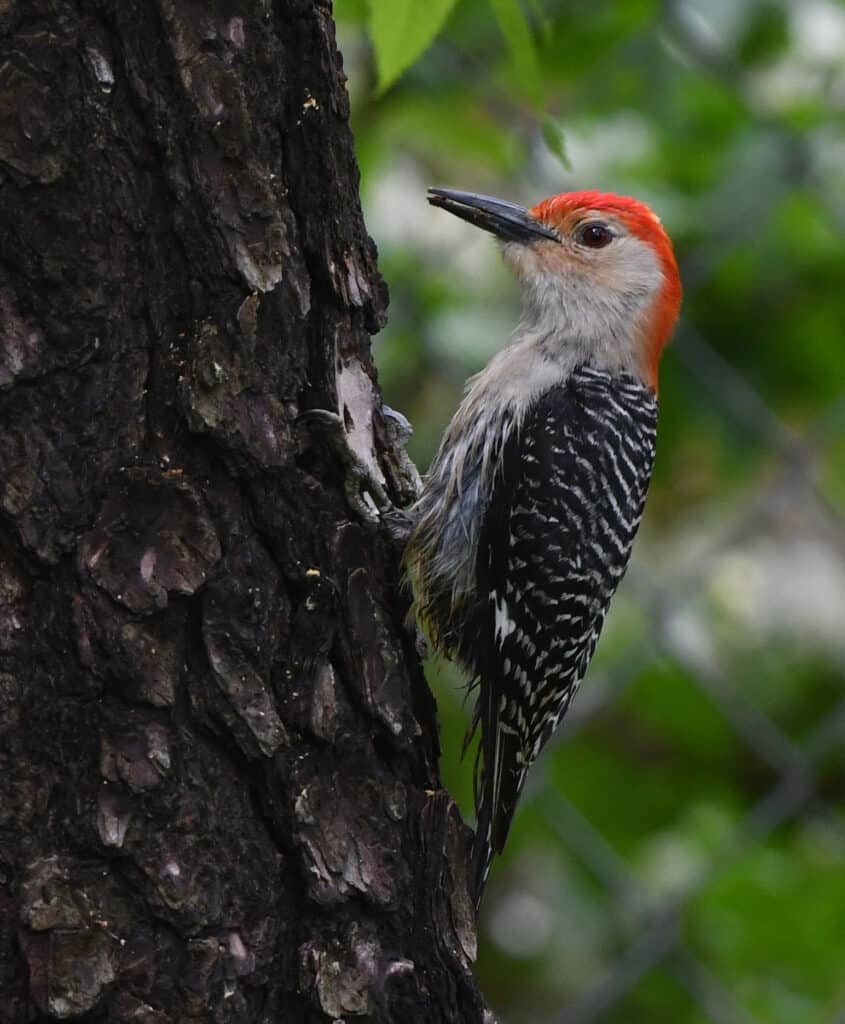
Dietary preference also mattered. Insect-eating birds, for instance, can only survive if insects are around. “Insects themselves are only available under certain weather conditions,” Cohen said. “It needs to be warm and wet for many insects to be present.”
Since they can only tolerate a few degrees’ difference in temperature, tiny, migratory species like the prothonotary warbler (Protonotaria citrea) may have nowhere to go when their usual areas warm too much and extreme weather becomes more common, making them more vulnerable to climate change—both warming and variability. On the other hand, species like red-bellied woodpeckers (Melanerpes carolinus) may have better success, since they can tolerate a wide range of weather conditions and stay in the same area year-round, whether it’s cold or warm.
“I’m hoping that this points conservationists and people doing work on the ground to be even more concerned about some of these migratory, small-bodied species with really narrow weather requirements,” Cohen said.
Header Image: Prothonotary warblers may run into trouble as their habitats warm and become more unpredictable. Credit: Jeremy Cohen



